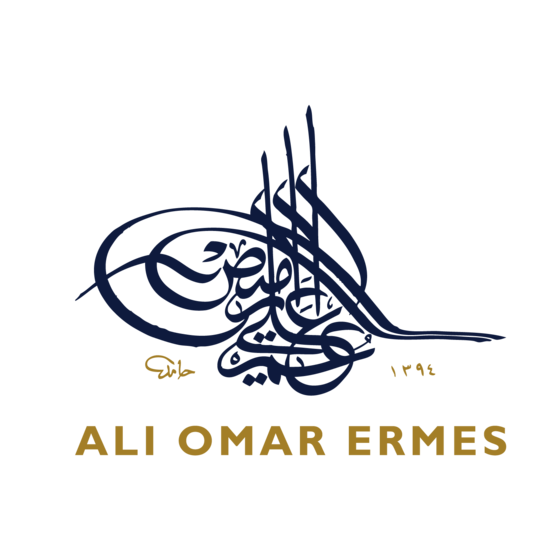Contemporary Islamic Arts: a Positive Contribution to London
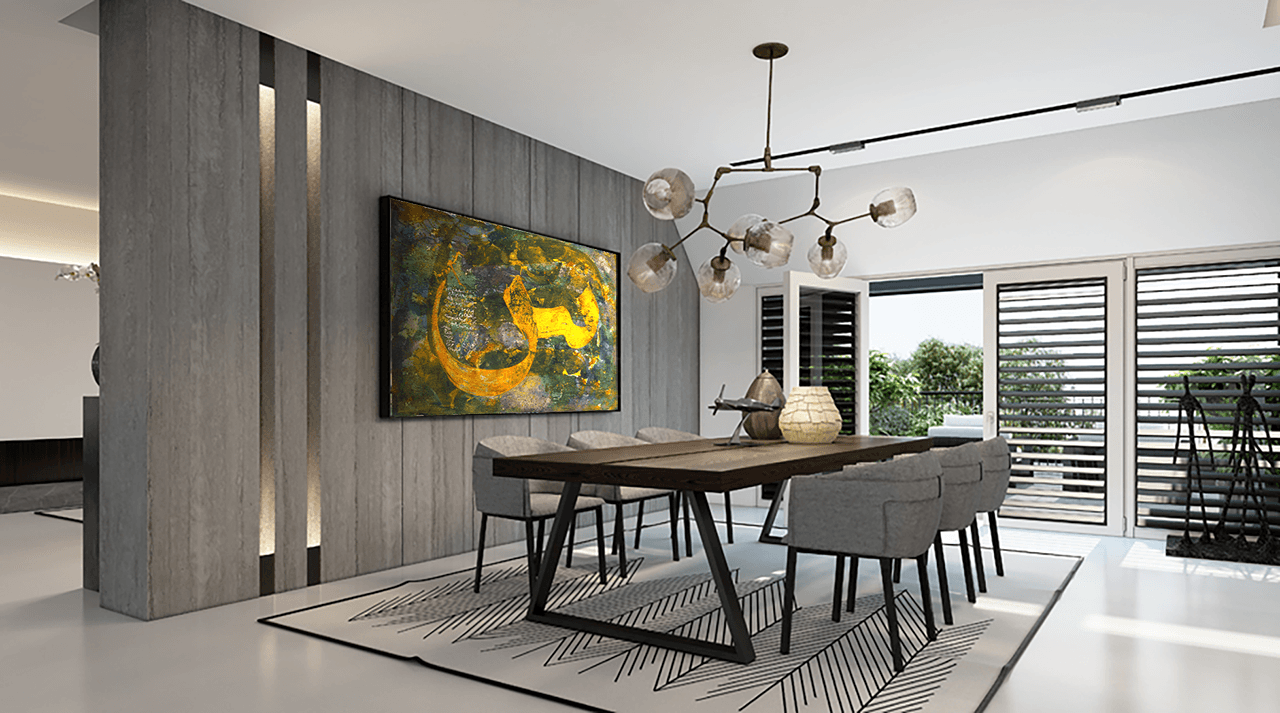
This is a Conference Paper which was presented by Ali Omar Ermes at ‘The Middle East in London’ Conference held at SOAS on the 27th to 30th June 2001. It is displayed in full here for your convenience
Good morning Ladies and Gentlemen. Or as we say in such an occasion, Assalamu Alaikum.
Before I head for the main topic, which is the Contemporary Islamic Arts: A positive contribution to London, there is a need for a short comment about ‘why London’. Why London has all this attraction to people from the Middle East. As I am sure that, all of you have your own thoughts and might hold similar comments.
That can be started like this.
London is a vibrant city, a cosmopolitan city, and people from opposite directions, different nationalities, various languages, and religious affiliations are drawn to its magnetic powers. Like Islamic cities in their prime, take Baghdad in the time of the Abbasid, or Cairo in the time of Ayubied, Damascus in the time of the Amaweed, Granada and Seville just before the Tawaif periods, Istanbul, Fez, Bukhara, SamerQand or Delhi, Medina or Timbuktu and this is to mention just a few.
London and all those vibrant cities have or had what can be called the crossroads presence and for multiple reasons among this are finance, media and education. Therefore London with its enormous financial facilities it’s a centre, of finance and money for the Middle Eastern people (and very nice thank you) and with its large media bases, it became a centre for politics and media outlets of the Middle East (and that is very much appreciated) and because of its old and established bases of learning, it has some of the largest number of students coming from various parts of the Middle East, Far East, Africa and the Americas to study about the Middle East and other branches of learning, and the SOAS is one of the prime examples for that.
All these previous points have a common unifying base but in addition to that, London is the capital of which was the British Empire and still is the capital of the Common Wealth, and not to mention that London is the capital of the English language (at least for the time being). Ha ha, American English is just around the corner, if not already here, that is if we do not mention the Australians.
All these reasons and others of which we do not have time to explore here, why London is the place for all this Middle Eastern presence?
Ladies and Gentlemen: And if this was an unfair question, the unfair answer will be why not?!
Ladies and Gentlemen, let us not dwell too much on the obvious as all or some of these points are going to show in other papers of other presenters, therefore I think its time for me to go back to my main topic after I put to you these notes which I think are very important.
Because of time, I will limit these to four points in the hope that there will be somebody out there who can hear me and who is able and willing to act on them, in proactive ways to gain the positive results which we all hope for.
Firstly: In spite of this enormous number of people from the Arab and Muslim community in London (the rough estimation is one million Muslims, including half a million Muslim and non-Muslim Arabs residing and working in London), with a few exceptions of the pioneering few, still the presence of their art works in public and private sectors and their given share of all sorts of budgets and mainstream activities is very minimised and not adequate in proportion to these multiple varieties of art produced by this largely talented section of the society, and this has to change very rapidly if we want the best of these situations to work for all of us, as we all no doubt would want and like.
Secondly: Again, in spite of the large number of financial institutions in London from the Middle East or related parties, only a very few of these have a policy of backing the creative works of the Middle East people in London, and this has to change also if we want to bring a positive input to the world of today by its most effective ways.
Thirdly: Islamic art is being used and abused in so many negative and unjust ways by media, education establishments, and commercial companies alike and this has to be rectified with serious initiatives from the decision-makers on all levels with real plans and solid work in consultation with the right people, if we are going to keep the best of human creative treasures intact and to pass on its powers of inspiration and stimulation to others for a better future for all of us.
Fourthly: The Muslim artists, writers, filmmakers, etc and all the people engaged in the thinking business have a very heavy responsibility and it's important that these thinking powers should not be used to support acts of injustices anywhere at any time or to inspire the destruction of moral values in the society. Even though I am sure that you know that we are the prime victims and not the perpetrators in these wild times.
Ladies and Gentlemen: I am sorry if I took long to come to the point but that now is said; let me come back to the main question which is:
Why contemporary Islamic Art is a positive contribution to London?
1. For a start, I will say, people who know Islamic Art in what you might call its classical forms. And those who value Islamic Art in all senses of the advancement of knowledge, the sophistication of taste, or powers of expression, creativity, and refinement of the human intellect. All those reasonable people will appreciate Islamic Art and know its true values, but, never the less, there are a large number of people who do not know Islamic Art and do not appreciate its true value. For those and others, I feel that the presenting and acquiring of the good examples of contemporary Islamic Art, should be able to give a modern reference to its senior past and show that Islamic Art is not dead, far from it, it is alive and kicking and more than that, it's moving ahead on a very fast base in spite of its very heavy load of responsibilities and lack of backing, and the minimum support from people who are expected to back it and help it through.
2. But this is not to say that all what Muslims do in art is Islamic Art (contemporary or otherwise) or to say that Islamic art is only done by Muslims or to say that all what is done in the name of Islam is truly reflective of Islam or Muslims, or even to say what is perceived as Islamic Art, would be unconditionally agreeable to me, or that have the quality and the creativity which are associated with Islamic Art as we know it. With regret, it is not so difficult to trace some influence of intellectual corruption in the modern art movement. In addition, it is not difficult to spot certain trends that have been manipulated by tyrant regimes. In both cases, it is hard to relate this to real art. Furthermore, there is this replica industry or (badly replicated replicas) all these in most cases are a waste of time, to say the least.
3. On the other hand, we have a genuine and contemporary Islamic Arts which are some of the most effective ways to bring the two communities of Muslim Britons and non-Muslim Britons, together on one platform of understanding and mutual respect etc, apart from the sheer creative values that are enjoyed by all sides.
4. Moreover, the successful presence of the contemporary Islamic Arts in London will be a very important way to tap on the creativity of the British Muslim community which I can assure you, have a great deal of talents and creativity in all walks of life if its given the right conditions to grow and the right backing to flourish. And this by itself is a very important reason why contemporary Islamic Art is a very positive contribution to Londoners and beyond.
5. Last but not least, London is a market for Muslims and non-Muslims alike to sell, buy and exhibit Contemporary Islamic Arts, this will enforce London as a market place for these and other producers to share this prime venue and engage in positive dialogues.
Therefore, London can be a testing ground for Contemporary Islamic Arts as Islamic Arts were and still are the testing grounds for Londoners.
Thank you, Ladies and Gentlemen, for your patience, wassalam
Ali Omar Ermes
Leave a comment
Also in VALUE ADDED THOUGHT
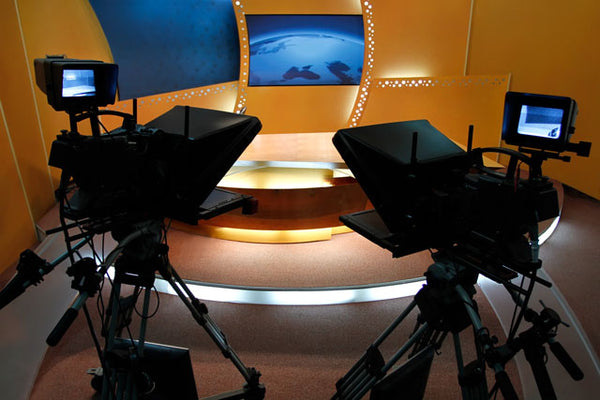
The Arab Media in Britain
Arab Media
Ladies and Gentlemen, before I begin, I would like to remind you that this is a multi-dimensional subject, filled with contradictory issues, concerning approx 300 million people, 22 nations and an anciently, enduring but remarkably modern language. Although in this short space of time, I will only give a general feel of the matter. During the late part of the 1970s, there were a few Arab media outlets such as Al Arab and Asharq al Awsat newspapers and Al-Majaleh magazine that started to appear but it is generally agreed upon that 1980s was the decade that witnessed the birth of the British Arab media.
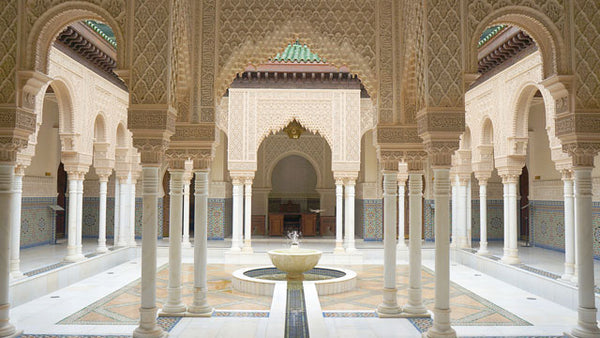
A Glimpse of Islamic Heritage
As part of the events linked to ‘Islam UK’ the BBC’s Islam Season, and hosted by the Council for the Advancement of Arab-British Understanding (CAABU) and the Centre for Near and Middle East Studies (SOAS), Arab artist Ali Omar Ermes presented a slide show entitled ‘A Glimpse of Islamic Heritage’.
The slide show consisted of around 150 photographs, taken over the last 30 years by Ali Omar Ermes himself, each one showing an example of the vast heritage and history of Islam.
The slide show consisted of around 150 photographs, taken over the last 30 years by Ali Omar Ermes himself, each one showing an example of the vast heritage and history of Islam.
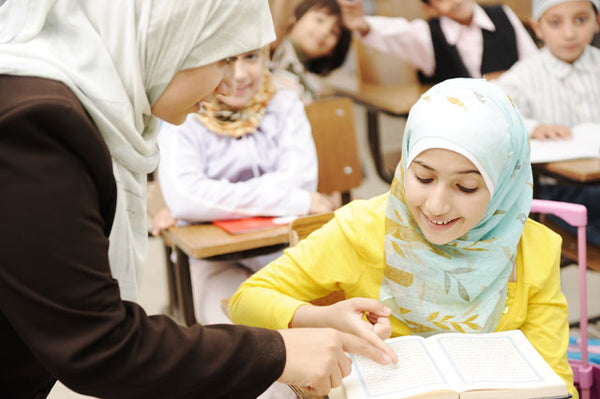
The Importance of Faith-based Education for the Muslim Community
This is a speech made by Ali Omar Ermes at the ‘Faith in the UK and Development Education Seminar’, which took place on Tuesday 11th March 2003 and was organised by the Development Education Association.
Ladies and gentlemen, this is a big subject with a huge debate entailed. However, for your overwhelming good fortune and my relief, I can gladly tell you that this is not a full engagement for the subject, which can take a long time and can be very academic.
Ladies and gentlemen, this is a big subject with a huge debate entailed. However, for your overwhelming good fortune and my relief, I can gladly tell you that this is not a full engagement for the subject, which can take a long time and can be very academic.
